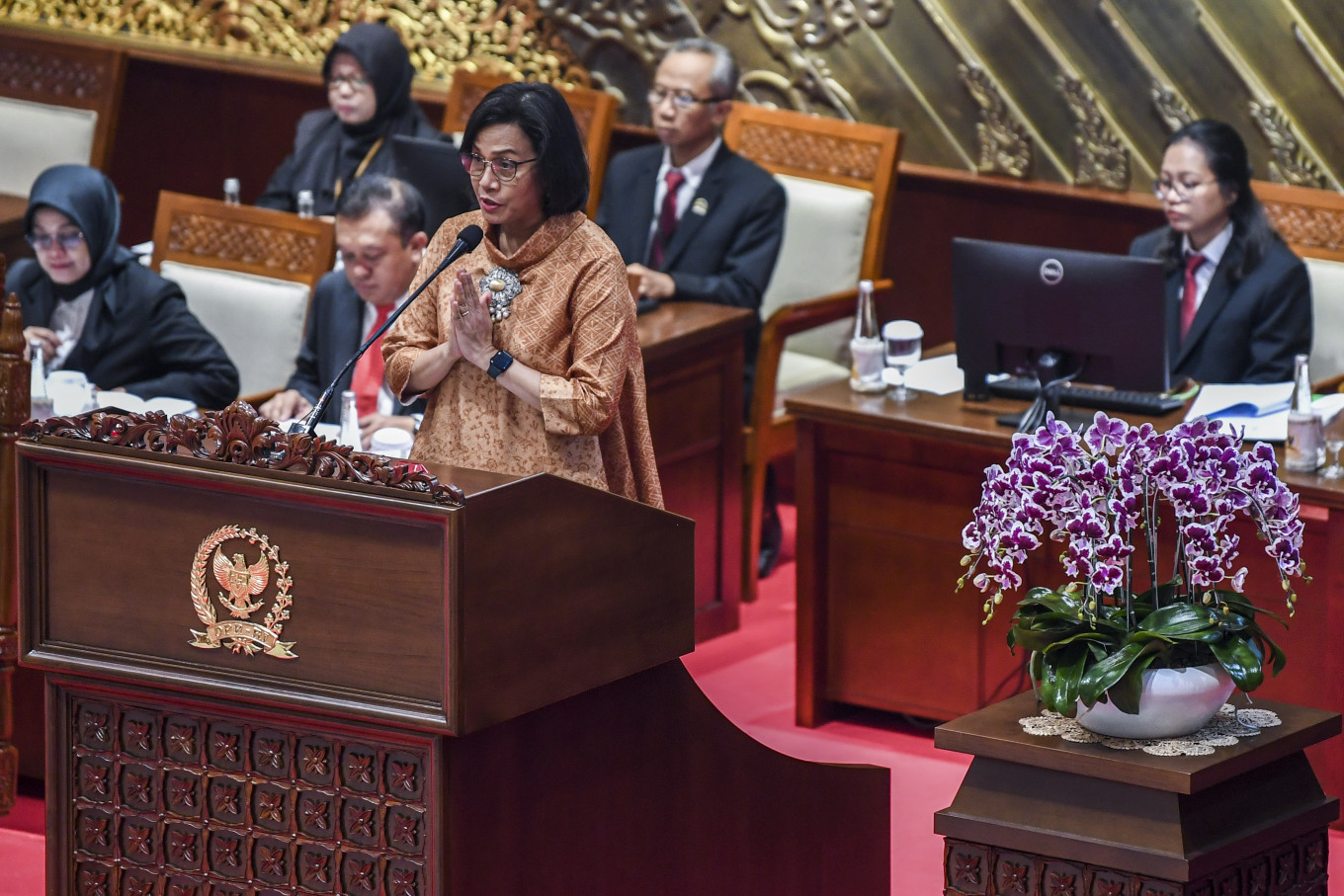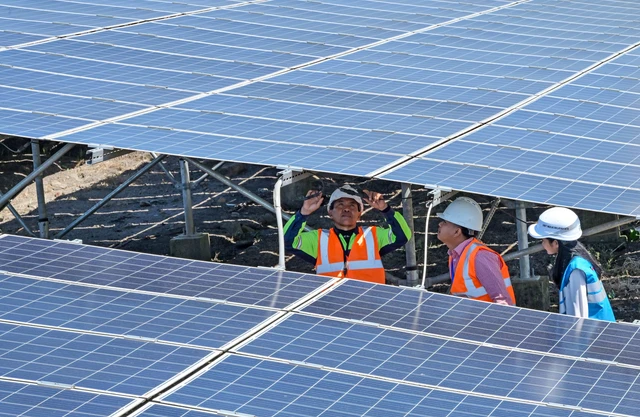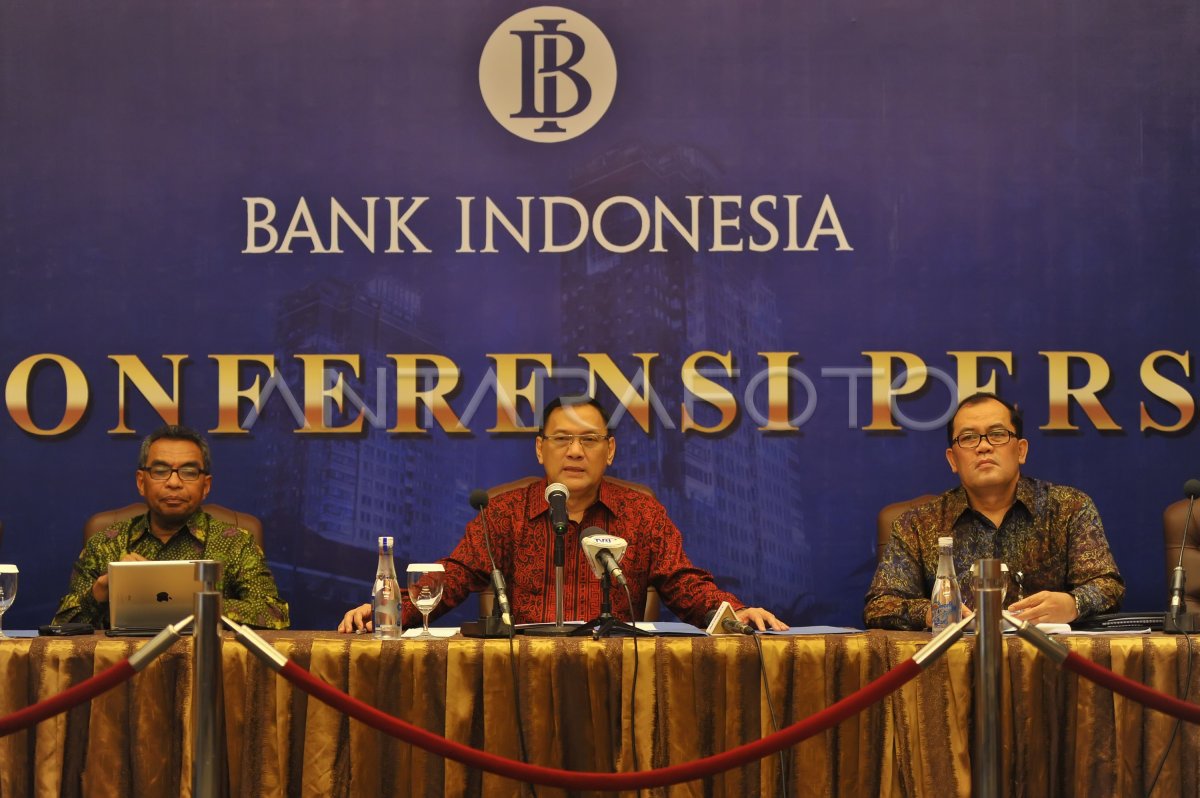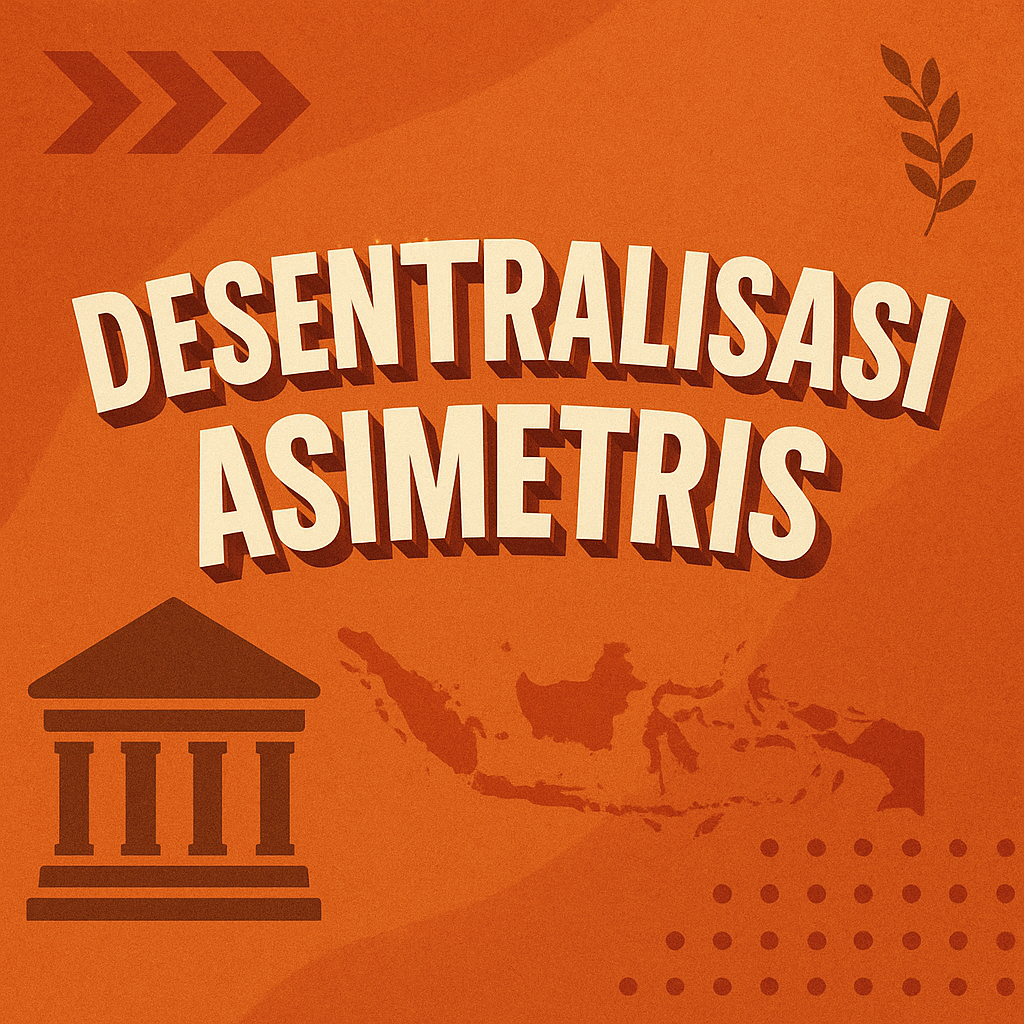Fiscal Policy: Managing Indonesia’s Economic Resources for a Brighter Future
JAKARTA, turkeconom.com – Fiscal Policy: Managing Indonesia’s Economic Resources has always been a hot topic. To be honest, I used to think fiscal policy was just about taxes and government budgets—kinda boring, right? But wow, after digging in, I realized how much this stuff actually affects our daily lives, from the price of coffee to how many jobs are out there.
Fiscal policy is the government’s strategic use of spending, taxation, and borrowing to influence economic activity, stabilize growth, and promote social welfare. For Indonesia—Southeast Asia’s largest economy—effective fiscal policy is crucial for managing inflation, reducing poverty, building infrastructure, and ensuring sustainable development. This comprehensive guide explores how Indonesia’s fiscal policy works, its key components, recent reforms, challenges, and the path toward a more prosperous future.
1. What is Fiscal Policy?

Fiscal policy refers to government decisions regarding:
- Government Spending (Expenditure): Investment in infrastructure, education, healthcare, social programs, and public services.
- Taxation (Revenue): Collection of income tax, VAT, corporate tax, and customs duties.
- Borrowing & Debt Management: Issuing bonds and managing national debt to finance deficits.
Types of Fiscal Policy
- Expansionary Fiscal Policy: Increased spending or tax cuts to stimulate economic growth during recessions.
- Contractionary Fiscal Policy: Reduced spending or tax increases to cool down an overheating economy and control inflation.
2. Indonesia’s Fiscal Policy Framework
Key Institutions
- Ministry of Finance (Kemenkeu): Led by Sri Mulyani Indrawati, responsible for budget formulation, tax policy, and debt management.
- Directorate General of Taxation (DJP): Oversees tax collection and compliance.
- Directorate General of Budget (DJA): Manages state budget allocation and execution.
- Bank Indonesia (BI): While primarily focused on monetary policy, BI coordinates with fiscal authorities on macroeconomic stability.
Legal Foundations
- State Budget Law (APBN): Annual budget approved by Parliament (DPR), outlining revenue targets and expenditure priorities.
- Fiscal Rules: Indonesia maintains a fiscal deficit cap of 3% of GDP (temporarily relaxed during COVID-19) and a debt-to-GDP ratio target below 60%.
3. Key Components of Indonesia’s Fiscal Policy
A. Government Revenue
Indonesia’s revenue streams include:
- Tax Revenue (~80% of total revenue)
- Income tax (personal & corporate)
- Value-Added Tax (VAT/PPN)
- Excise duties (tobacco, alcohol)
- Property & land taxes
- Non-Tax Revenue
- Natural resource royalties (oil, gas, mining)
- State-owned enterprise (SOE) dividends
- Customs and fees
Recent Reforms:
- Tax Amnesty Program (2016–2017): Encouraged repatriation of offshore assets, raising billions in revenue.
- Digital Tax (2020): Imposed VAT on digital services (Netflix, Spotify, Google) to capture the digital economy.
- Tax Ratio Improvement: Indonesia aims to raise its tax-to-GDP ratio from ~10% to 15% by 2030 through better compliance and digitalization.
B. Government Expenditure
Indonesia’s spending priorities include:
- Infrastructure Development
- Trans-Java toll roads, ports, airports, and the new capital city Nusantara
- Rural electrification and broadband expansion
- Social Protection
- BPJS Kesehatan: Universal health coverage
- Kartu Prakerja: Job training and upskilling programs
- PKH (Program Keluarga Harapan): Conditional cash transfers for poor families
- Education & Human Capital
- 20% of budget allocated to education (constitutional mandate)
- Scholarships, school infrastructure, teacher training
- Subsidies
- Fuel and electricity subsidies (gradually reformed to target the people whose income is below the poverty threshold)
- Fertilizer subsidies for farmers
C. Debt Management
- Debt-to-GDP Ratio: ~39% (2023)—below the 60% threshold, considered sustainable.
- Financing Sources:
- Domestic bonds (SBN, Sukuk)
- International bonds (Samurai, Eurobonds)
- Multilateral loans (World Bank, ADB)
- Green Bonds: Indonesia is a pioneer in Islamic green sukuk, financing climate and renewable energy projects.
4. Recent Fiscal Policy Initiatives
COVID-19 Pandemic Response (2020–2022)
- National Economic Recovery Program (PEN): IDR 700+ trillion stimulus package
- Healthcare funding (vaccines, hospitals, testing)
- Social assistance (cash transfers, food aid)
- Business support (tax incentives, credit guarantees)
- Deficit Expansion: Temporarily raised deficit limit to 6% of GDP to fund emergency measures.
Post-Pandemic Consolidation (2023–Present)
- Fiscal Discipline: Deficit reduced back toward 3% target.
- Revenue Optimization: Enhanced tax compliance through digitalization (e-invoicing, real-time reporting).
- Subsidy Reforms: Gradual reduction of blanket fuel subsidies, redirecting savings to targeted social programs.
Nusantara Capital City Project
- Investment: USD 33 billion over 10+ years
- Funding Mix: Government budget, SOE investment, private sector participation
- Economic Impact: Expected to decentralize growth, reduce Jakarta’s congestion, and create jobs.
5. Challenges Facing Indonesia’s Fiscal Policy
A. Low Tax Ratio
- Indonesia’s tax-to-GDP ratio (~10%) lags behind regional peers (Thailand 17%, Malaysia 14%).
- Causes: Large informal sector, tax evasion, weak enforcement.
- Solutions: Digitalization, taxpayer education, stricter penalties.
B. Subsidy Burden
- Fuel and electricity subsidies consume significant budget resources, often benefiting the wealthy more than the lower.
- Reform Path: Transition to targeted subsidies based on income levels.
C. Regional Disparities
- Economic activity concentrated in Java; outer islands lag in infrastructure and services.
- Policy Response: Special Allocation Funds (DAK), village funds, and infrastructure prioritization in eastern Indonesia.
D. Debt Sustainability
- While debt levels are manageable, rising interest payments and global rate hikes pose risks.
- Mitigation: Diversify funding sources, extend debt maturity, maintain investor confidence.
E. Climate & Disaster Risks
- Indonesia faces frequent natural disasters (earthquakes, floods, volcanic eruptions).
- Fiscal Preparedness: Disaster reserve funds, climate adaptation budgets, green financing.
6. The Path to a Brighter Future: Strategic Priorities
1. Enhance Revenue Mobilization
- Expand the tax base by formalizing the informal economy.
- Leverage technology (AI, big data) for better tax compliance and fraud detection.
- Introduce progressive taxation to reduce inequality.
2. Optimize Expenditure Efficiency
- Prioritize high-impact investments (education, health, infrastructure).
- Strengthen public procurement transparency to reduce corruption.
- Use performance-based budgeting to improve outcomes.
3. Invest in Human Capital
- Scale up vocational training and digital skills programs.
- Improve education quality (teacher training, curriculum reform).
- Expand health coverage and nutrition programs for children.
4. Accelerate Green Transition
- Increase funding for renewable energy (solar, geothermal, hydro).
- Support sustainable agriculture and reforestation.
- Issue more green bonds and attract ESG investors.
5. Strengthen Fiscal Institutions
- Enhance transparency and accountability in budget execution.
- Build capacity in fiscal risk analysis and debt management.
- Foster coordination between central and regional governments.
7. Measuring Fiscal Policy Success
Key Performance Indicators
- GDP Growth Rate: Target 5–6% annually
- Poverty Rate: Reduce to single digits
- Tax Ratio: Increase to 15% by 2030
- Debt-to-GDP Ratio: Maintain below 60%
- Infrastructure Quality Index: Improve global rankings
- Human Development Index (HDI): Rise from 0.71 to 0.80+
Conclusion
Effective fiscal policy is the cornerstone of Indonesia’s journey toward sustainable prosperity. By balancing revenue generation, strategic spending, and prudent debt management, the government can address current challenges—low tax ratios, subsidy burdens, regional disparities—while investing in infrastructure, education, and green growth. With continued reforms, transparency, and citizen engagement, Indonesia’s fiscal policy will pave the way for a brighter, more inclusive future for all its people.
Sharpen Your Skills: Delve into Our Expertise on Politic
Check Out Our Latest Piece on Political Leadership: Profiles of Indonesia’s Key Figures!











